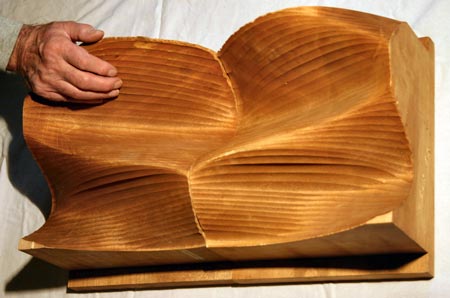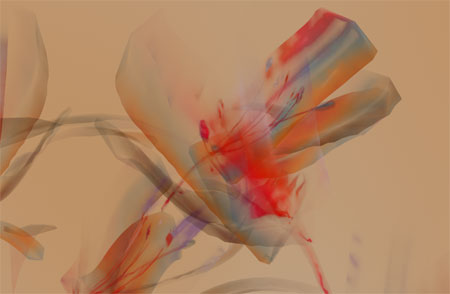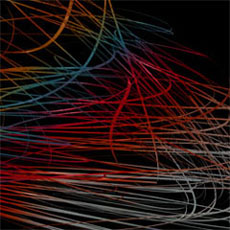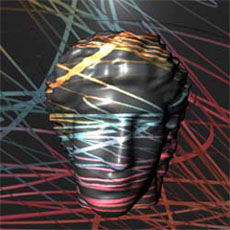Early in my career I saw computer sculpture as an art form. Created in 1968, it may have been the first 3d sculpture. Professor Leslie Miller, a mathematician and member of my Computer Graphics Research Group wrote the code which included control parameters. I was able to experiment with parameter settings and after many versions I selected a candidate for the sculpture. All of this was done with an IBM 7094 computer using punch cards. I found a local company with a 3-axis numerically controlled milling machine. As a curiosity they took on my project and helped me to produce this work. I could not continue to move forward with sculpture because I did not have the resources.
Categories
- Animation (5)
- Computer Graphics History (5)
- Digital Art (31)
- Technique (25)
Archives





